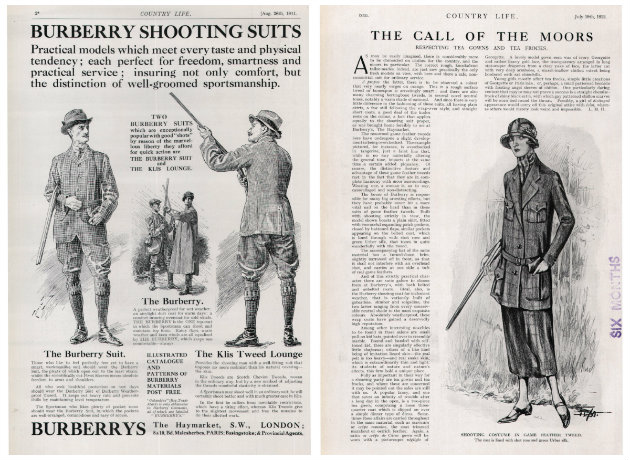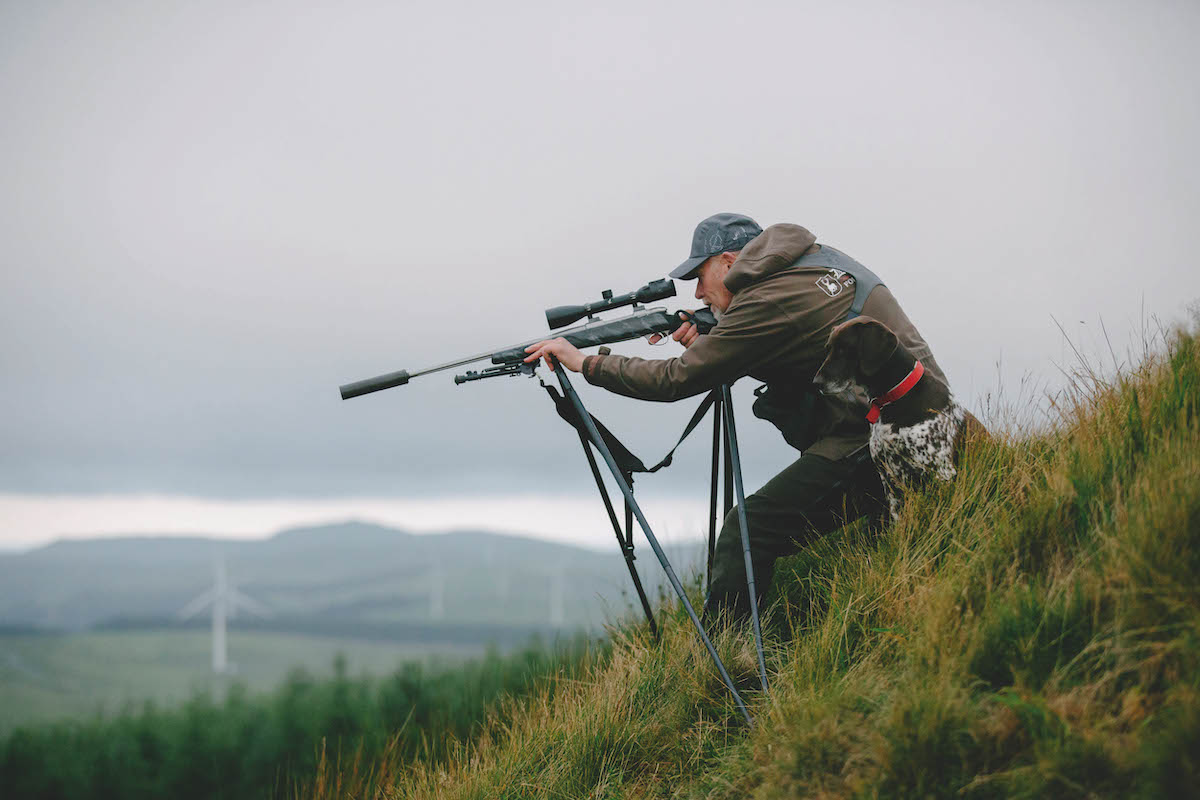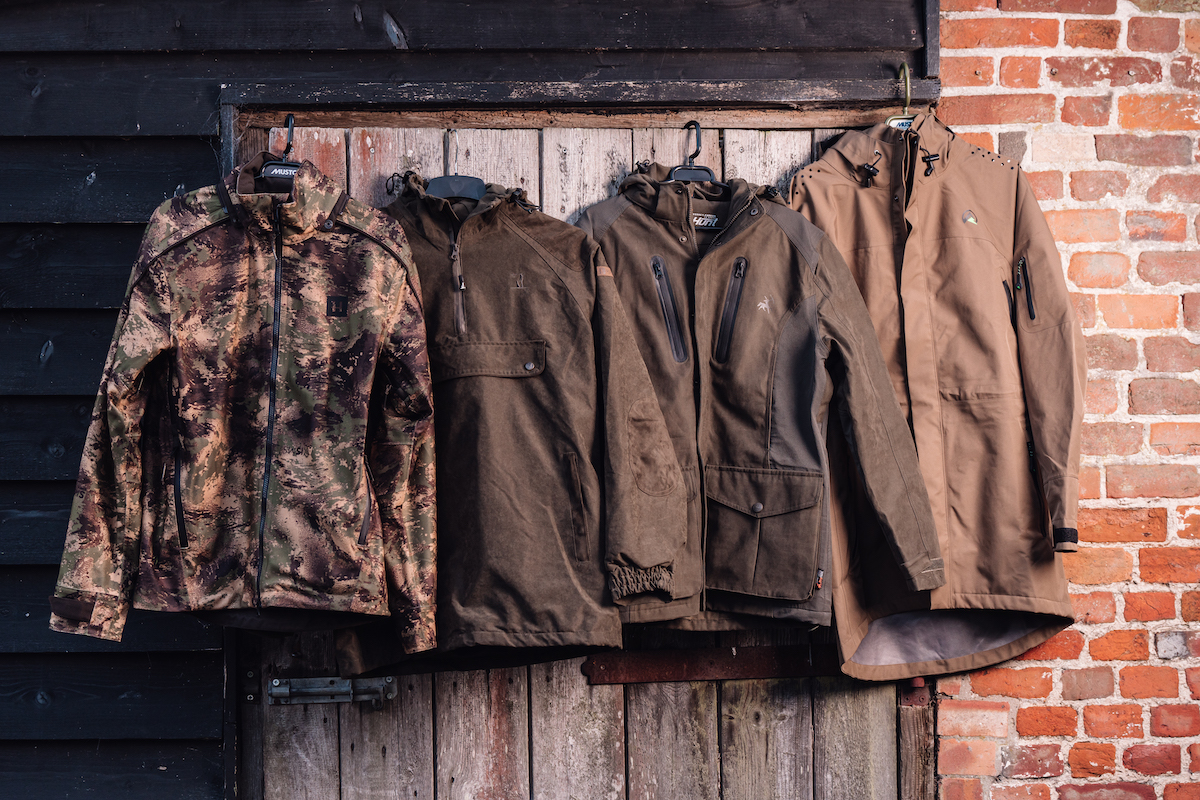How shooting clothing has changed in 100 years
Fashion, tradition, choice - and new technology ... The changing trends in shooting attire during the past century, by Eleanor Doughty

The shooting suit that we think of today — jacket, waistcoat and plus fours — has barely shifted with the times over the past century, says tailor Charlie Baker-Collingwood. “In photos you see from the 1920s and 1930s, everyone is wearing tweed suits and jackets, fitted nicely around the chest, with the baggy breeches, woollen stockings and shoes.”
But this look is a Victorian invention
“Hundreds of years ago, the etiquette for shooting suits was to have no variety at all,” says Charlie. With the arrival of the middle class came the shooting suit, and the tweedy image of Guns and keepers that remains today. But opinions are increasingly split on whether the “right” kit for shooting ought to be full tweed or not. (Read our advice on what to wear shooting.)

A shooting scrapbook c1892 from Purdey
One keen grouse man, who always goes out in plus fours, shirt and tie, scoffed at the prospect of not getting “properly dressed” for a day’s shooting. “I like to dress up for my quarry out of respect,” he says. Some of his peers — out of love with their plus fours and preferring cords — have lately begun to dispense with wearing a tie. “Laziness,” he says. (Read our suggestions for the best shooting ties.)

Tweeds from Campbells of Beauly
As an underkeeper, starting out 25 years ago, Jamie Osborne knew he’d made it the day a tailor came around to measure him up for his first shooting suit. “It was a milestone in my career,” he says. “I thought, ‘wow, I’ve finally made it. I’m actually having an estate tweed made for me.’ That was a defining moment, having that suit made up.”

Gamekeepers from the Angus Glens Moorland Group in Edinburgh
A well-dressed gamekeeper says
“If you’re going to wear a tie, do it up properly. Your top button stays done up and your tie stays properly done up.”
“English gamekeepers are renowned as being the best in the world — we have got our own traditions and one of those is the three-piece suit.”
“I don’t like going to shoots where the gamekeeper isn’t wearing the proper tweed and hasn’t made an effort. These guys are buying these days of shooting and spending an incredible amount of money, and it’s very important for the actual person who is fronting the day, the keeper, to look the part.”
Some Guns are loosening the full tweed get-up, however. Most of those whom Jamie Osborne sees wear a shirt, tie and a pair of breeks, plus something waterproof. And these waterproofs have gone hi-tech. “There’s all this technical fabric out there, and it looks just as smart,” he says.
- Pip Howeson, in-house tailor at William Evans, goes out in her own double-breasted Margot coat, inspired by a Russian cavalry officer’s overcoat, a waistcoat, plus fours from Campbell’s of Beauly, near Inverness, and a “really old beaten-up cashmere jumper. I seem to take that to every shoot.”
- Simon Rood, who works in the gunroom at Purdey, favours plus fours and Schöffel’s lightweight Ptarmigan coat in the field, but refuses to shoot wearing it, preferring to strip back to his (Schöffel) gilet and shirt when on a drive, “even if it’s raining”.

Images from Purdey
A good shooting suit should last forever
“You can patch them — that’s the wonderful thing about British fabrics, they are patchable and fixable and the longer you wear them the more lovely they become, ” comments Pip. This is especially the case with Harris tweed: “You can tell if someone has been in a storm wearing Harris tweed — it sort of moulds to their body shape.”

But some are looking to change the status quo on shooting garb. Lady Melissa Percy, youngest daughter of the 12th Duke of Northumberland, on whose Alnwick estate shoots are legendary, is attempting to combat difficulties women can have buying shoot gear. This summer, she launches her own range, called Mistamina, specialising in affordable outdoor performance for women — prices range from £70 to £160. Womenswear is too often designed for watching and not participating, she says, and what is out there is “too tight in the wrong places”, or prohibitively expensive.
She defends the use of colour. “There is absolutely no reason why you can’t have colour in shooting clothing. The birds are colourblind so it makes no difference. What I wanted to bring out was clothes with a really fun pop of colour with a tomboyish edge.”

There is a time and place for performance wear. “If you’re stalking it’s good to have a synthetic layer sometimes,” says Pip Howeson. There’s a reason why tweed and silk (for the lining of her plus fours) works: “They wick, and blend beautifully in their environments.” Tweed is the original performance fabric, she adds. “It has been used for centuries in the field for a reason. I have made plus fours with waterproof linings but generally most people don’t want that. If you can get away with it, and you’ve got clear weather, why not dress traditionally?”

Charlie Baker-Collingwood believes that there is an evolution in shoot style to come, “what with all the modern fabrics available, and techniques and pricing.
How far this evolution will go is yet to be seen, but he predicts that it could be “full circle — definitely going to be a resurgence of people mixing and matching, much like they did at the beginning. Perhaps they might wear plus fours and socks with a GORE-TEX upper half.”
The traditionalists won’t like this, he laughs: “But it’s going back to its roots in many ways.”








